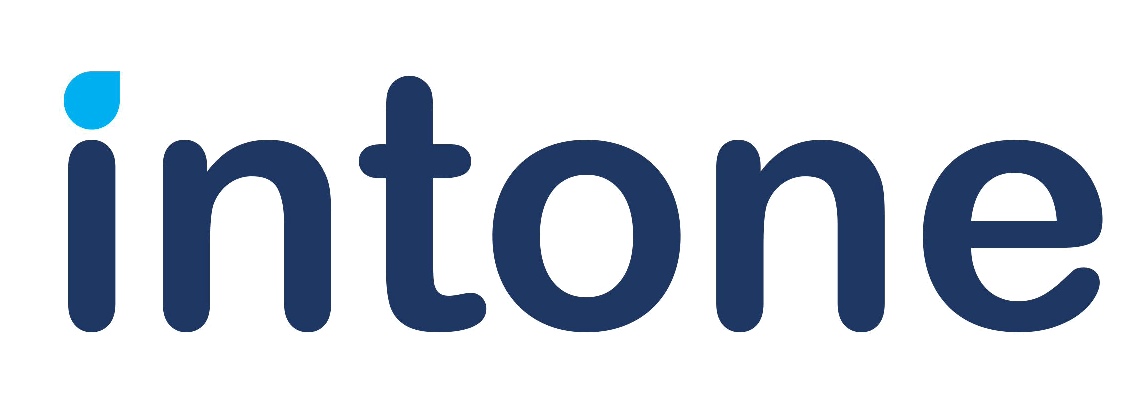Contents
Financial integrity is a cornerstone of sustainable success in today’s complex landscape of modern business. To safeguard against fraud, errors, and mismanagement, organizations employ various measures and one of the most critical among them is the Internal Control Audit. Let’s discuss why these audits are such a big deal and why they play a starring role in keeping financial integrity intact.
Understanding Internal Control Audits
Internal control audits refer to the systematic examination and evaluation of an organization’s internal controls, policies, and procedures. These audits are conducted to assess the effectiveness and efficiency of these internal mechanisms in achieving financial objectives while ensuring compliance with regulations. The overarching goal is to identify and mitigate risks that could compromise financial integrity.
In this landscape of internal control audits, there’s a notable trend toward integrating Robotic Process Automation in banking industry. RPA employs software robots or “bots” to automate repetitive tasks guided by predefined rules. This strategic incorporation of RPA is particularly significant, as it plays a pivotal role in enhancing internal controls within the dynamic environment of the banking sector.
Key Components of Internal Control Audits:
Internal control in audit is conducted to assess and ensure the effectiveness of an organization’s internal control system. Internal controls are processes, policies, and procedures put in place to provide reasonable assurance regarding the achievement of an organization’s objectives. Here are the key components of internal control audits:
1. Risk Assessment
Internal control audits begin with a comprehensive risk assessment, emphasizing the importance of risk management in banking. This involves identifying potential risks that may impact financial integrity, such as fraud, errors, or non-compliance with regulations. By understanding these risks, auditors can tailor their examination to focus on areas where vulnerabilities are most likely to exist.
2. Control Environment
The control environment sets the tone for an organization’s internal control structure. Auditors assess the culture, values, and ethical climate of the organization to determine if they support effective internal controls. A strong control environment fosters a culture of integrity and accountability, contributing to financial stability.
3. Control Activities
Control activities are the specific policies and procedures implemented by an organization to address identified risks. Internal control audits scrutinize these activities to ensure they are adequately designed and effectively implemented. Examples of control activities include the segregation of duties, authorization processes, and physical controls over assets.
4. Information and Communication
Effective communication and information flow are crucial for maintaining financial integrity. Auditors assess how information is disseminated within the organization and how financial reporting is communicated to stakeholders. Clear and transparent communication processes help prevent misunderstandings and foster a culture of accountability.
5. Monitoring
Regular monitoring is essential to identify and address control deficiencies promptly. Internal control audits evaluate the monitoring processes in place to ensure they are effective. Continuous monitoring helps organizations adapt to changing circumstances and emerging risks.
Understanding the impact of big data analytics in the banking sector will help you get a better insight into internal controls.
Benefits of Internal Control Audits:
Fraud Prevention
Internal control audits play a pivotal role in fraud prevention by identifying potential vulnerabilities and weaknesses in an organization’s control structure. Early detection and prevention of fraudulent activities contribute significantly to maintaining financial integrity.
Accuracy in Financial Reporting
By scrutinizing internal controls related to financial reporting, audits enhance the accuracy and reliability of financial statements. Stakeholders, including investors and regulatory bodies, rely on these statements for decision-making, making accuracy crucial for financial integrity.
Regulatory Compliance
Ensuring compliance with relevant laws and regulations is a key aspect of internal control audits. Non-compliance can lead to legal repercussions and damage an organization’s reputation. Through audits, organizations can identify gaps in compliance and take corrective actions promptly.
Operational Efficiency
Well-designed internal controls contribute to operational efficiency by streamlining processes and reducing the likelihood of errors. Increased efficiency not only supports financial integrity but also enhances overall organizational performance.
Why Choose Intone EagleEye 365?
In an era where financial stability is a linchpin of organizational success, internal control audits emerge as a critical tool for safeguarding against risks and ensuring financial integrity. Internal control audits are not merely a regulatory requirement; they are a strategic imperative for organizations committed to long-term financial health and integrity. By becoming a part of continuous auditing and helping to detect fraud, identify abnormalities, and track trends and patterns. Using automatic real-time reporting on vital information, firms may notice possible risks sooner. Hence, we at Intone understand this need and have developed a continuous auditing and monitoring plan to help secure your systems against the latest threats plaguing the industry. We offer,
- An end-to-end enterprise platform that integrates key GRC functional requirements of security, risk management, incident management, data visualization/ virtualization, continuous control monitoring, continuous auditing, robotic process automation, and fraud, and compliance management into one single solution.
- Connections with 240+ Industry Standard Data Sources and applications.
- Low-Code/No-Code Platform with drag/drop features and In-Built Multiple System Communications Features.
- An automated ERM and control response system along with automated incident management and resolution system.
- A microservices audit platform with real-time reporting and Uninterrupted underlying systems.
- We offer SSL encryption and AES 256-bit encryption to ensure that your sensitive data is safeguarded against malicious attempts at modification and manipulation.
- We offer state-of-the-art infrastructure in terms of cybersecurity, with secure architecture, firewall, and intrusion detection/prevention system designs to boost your security against cyber breaches and threats.
- Intone offers an extensive range of regulatory, data privacy, and Sarbanes Oxley compliance and industry solutions to meet the current regulatory requirements and to ensure that you will be able to handle product/process-related compliance requirements.
- Our RPA will anonymize your data to ensure greater protection of sensitive data and information.
With the help of data integration & controls automation (BPA), continuous control monitoring in manufacturing has proven to be quite effective for users. Feel free to get in touch with us for more information or a demo.

